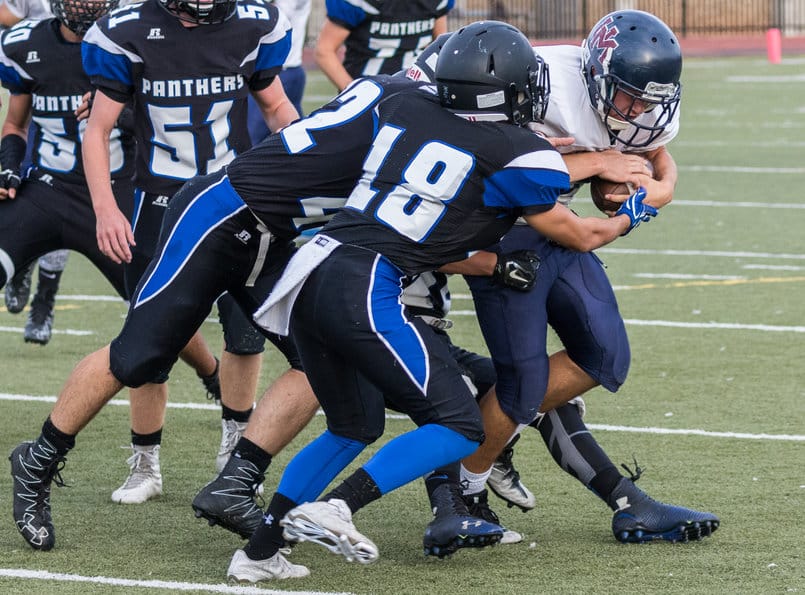Sports can be undoubtedly beneficial for a person, whether it involves pick-up games, organized high school or college competitions, or those in professional leagues. Millions participate under increasingly effective regulations and procedures designed to limit injuries.
These enacted safeguards will alleviate growing concerns over concussions and traumatic heads. Yet while progress has been made, there is a lasting impact of these injuries on amateur and professional athletes.
High school football is cited as the leading cause of these injuries. One study, however, identified ice hockey as the sport most likely to lead to concussions followed by girls lacrosse, cheerleading, boys lacrosse, football and girls soccer.
Another study of more than 10,000 student-athletes provided even more insights into the problem when it noted that 18-year-old athletes had twice the risk of concussions than those aged 13. Girls playing comparable sports also had a 1.5 percent greater risk of concussions than boys. Not surprisingly, those with previous concussions are three to five more likely to suffer another than those who had never had one.
These and other studies underscore the issues for student-athletes and others. But for all these legitimate concerns, there is a growing emphasis on determining the underlying causes, effects and treatments of sports-related head injuries. These efforts make sports safer and treatments more effective.
Researchers in Sweden, for example, recently announced that they identified the cause of lingering symptoms of traumatic head injuries in professional athletes.
The team from Lund University identified the lingering effects like depression, dizziness, difficulty focusing and balance problems, all of which lower the quality of everyday life. The clinical study involved shows that the problems originate in an injury to the vestibular nerve.
While in many cases, the related symptoms are temporary. The Swedish researcher noted an increase in athletes experiencing long-term problems that make it difficult to work, attend school, or play sports. They explained that the symptoms are aggravated by headaches, depression, anxiety and nausea.
“It has been unclear what causes the symptoms, and it is difficult for healthcare professionals to help these athletes. We wanted to investigate this further to find out what causes the symptoms,” explained Niklas Marklund, professor of neurosurgery at Lund University.
The team’s work focused on 42 athletes, half of whom suffered from sports-related concussions and lingering symptoms.
“The test results show that the injury is located in the vestibular nerve, which is connected to the semicircular canals in a cavity inside the skull, and which is directly adjacent to the cochlea in the ear. These injuries lead to the inward nerve impulses not working properly, and the brain, therefore, does not receive important information about body movements and sensory impressions required to maintain a good balance,” reported the study’s firth author, Anna Gard, a doctoral student at Lund University.
The findings are a critical first step in identifying treatments to relieve these lingering symptoms, Marklund noted.
“The rotation of the head that occurs in connection with a concussion could lead to a stretch of the vestibular nerve, which then leads to impaired function. Now that we have more knowledge about where the problems are located, it is easier to find possible therapies that could help these athletes,” he said.














